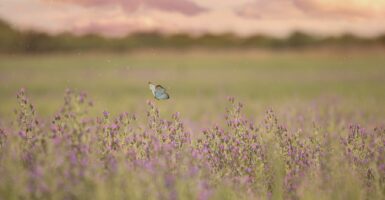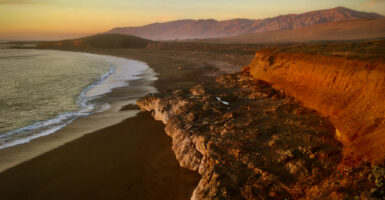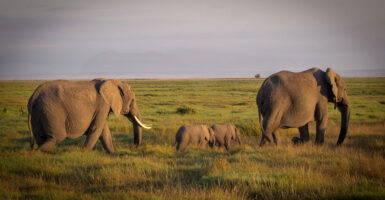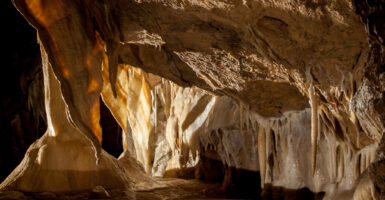20 Unique Natural Ecosystems You’ve Never Heard Of
While rainforests and coral reefs capture public attention, Earth harbors countless other remarkable ecosystems that few people know exist. These extraordinary environments demonstrate nature’s endless capacity for adaptation and survival.
From microscopic worlds to vast landscapes, these ecosystems challenge our understanding of life’s possibilities.
Marble Caves of Patagonia (Chile)
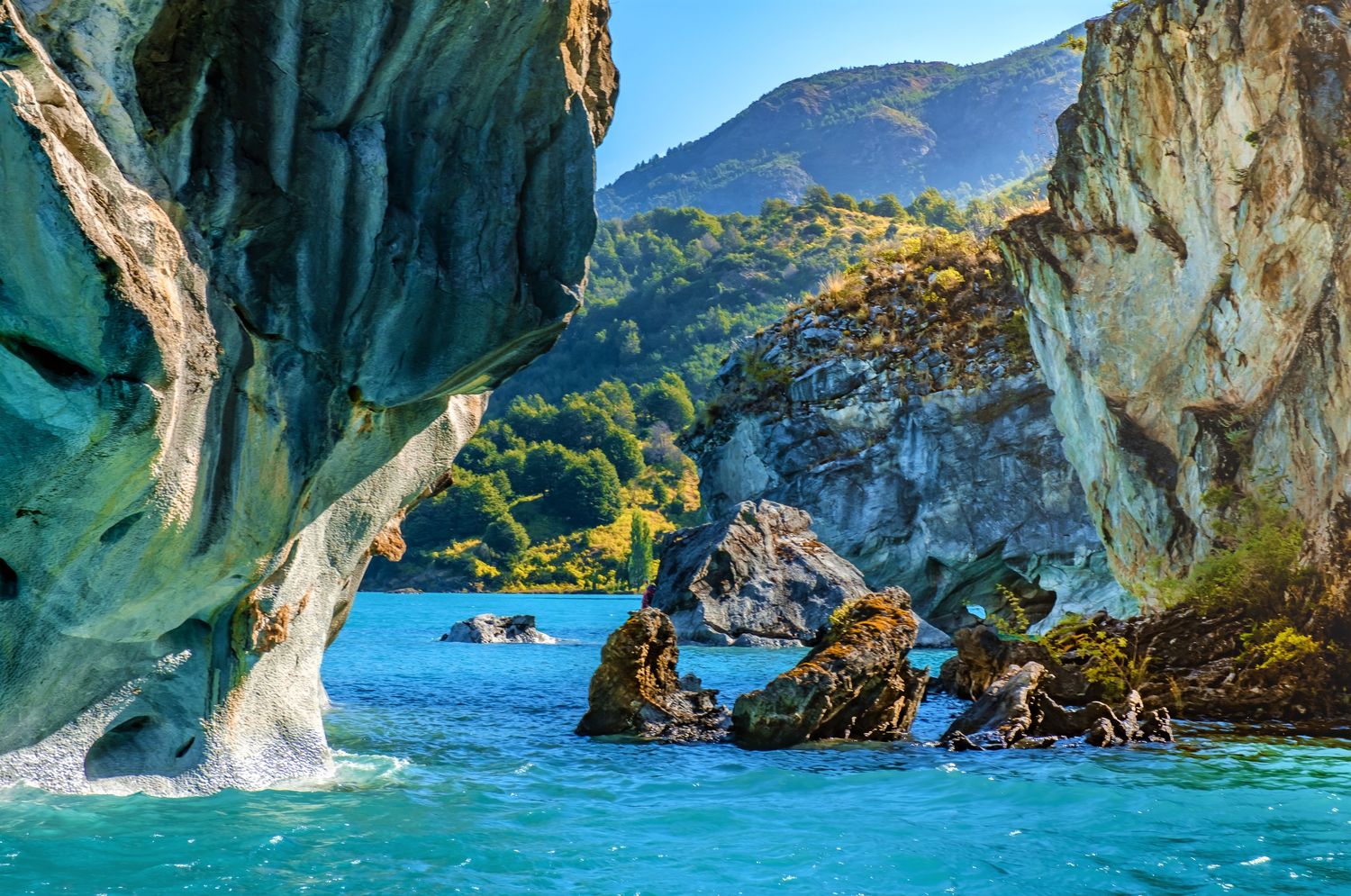
Ancient glacial waters carved these azure caverns from solid calcium carbonate. Seasonal water level changes create different microclimates throughout the year.
Specialized algae communities thrive on the translucent walls, creating stunning color variations. Scientists study these caves to understand how life adapts to changing light conditions.
Don Juan Pond (Antarctica)
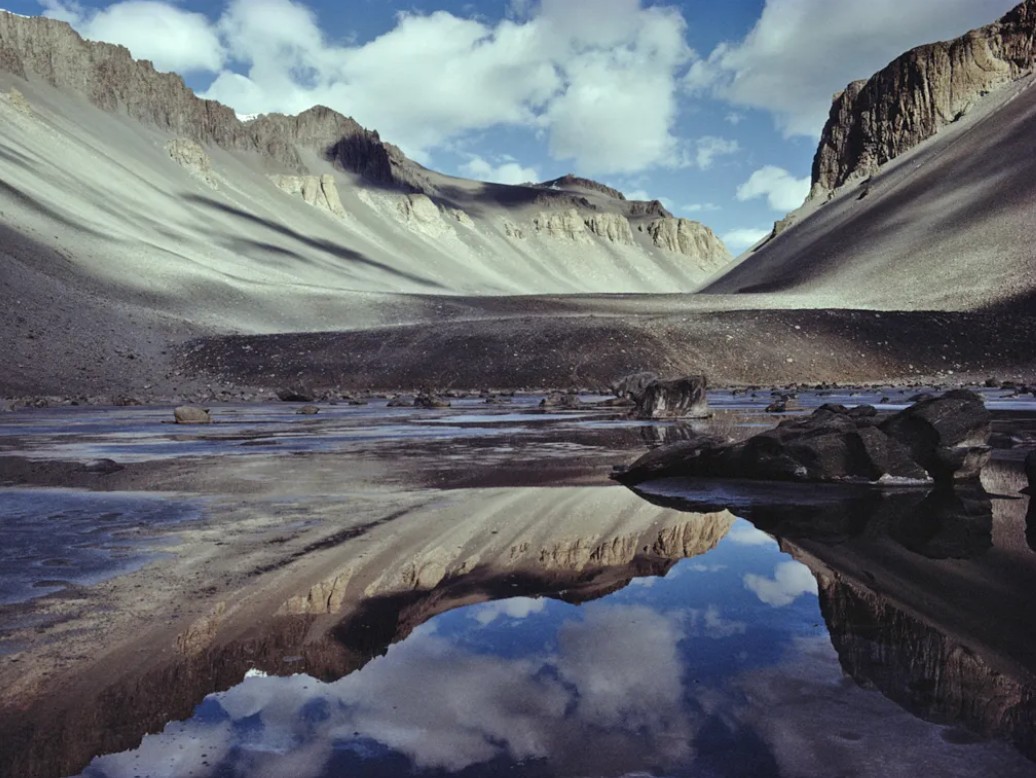
The world’s saltiest body of water remains liquid even at -50°C (-58°F). Unique microorganisms survive in conditions that should make life impossible.
The pond’s chemistry resembles potential conditions on Mars. Astrobiologists use it to study possibilities for extraterrestrial life.
Like Go2Tutors’s content? Follow us on MSN.
Richat Structure (Mauritania)
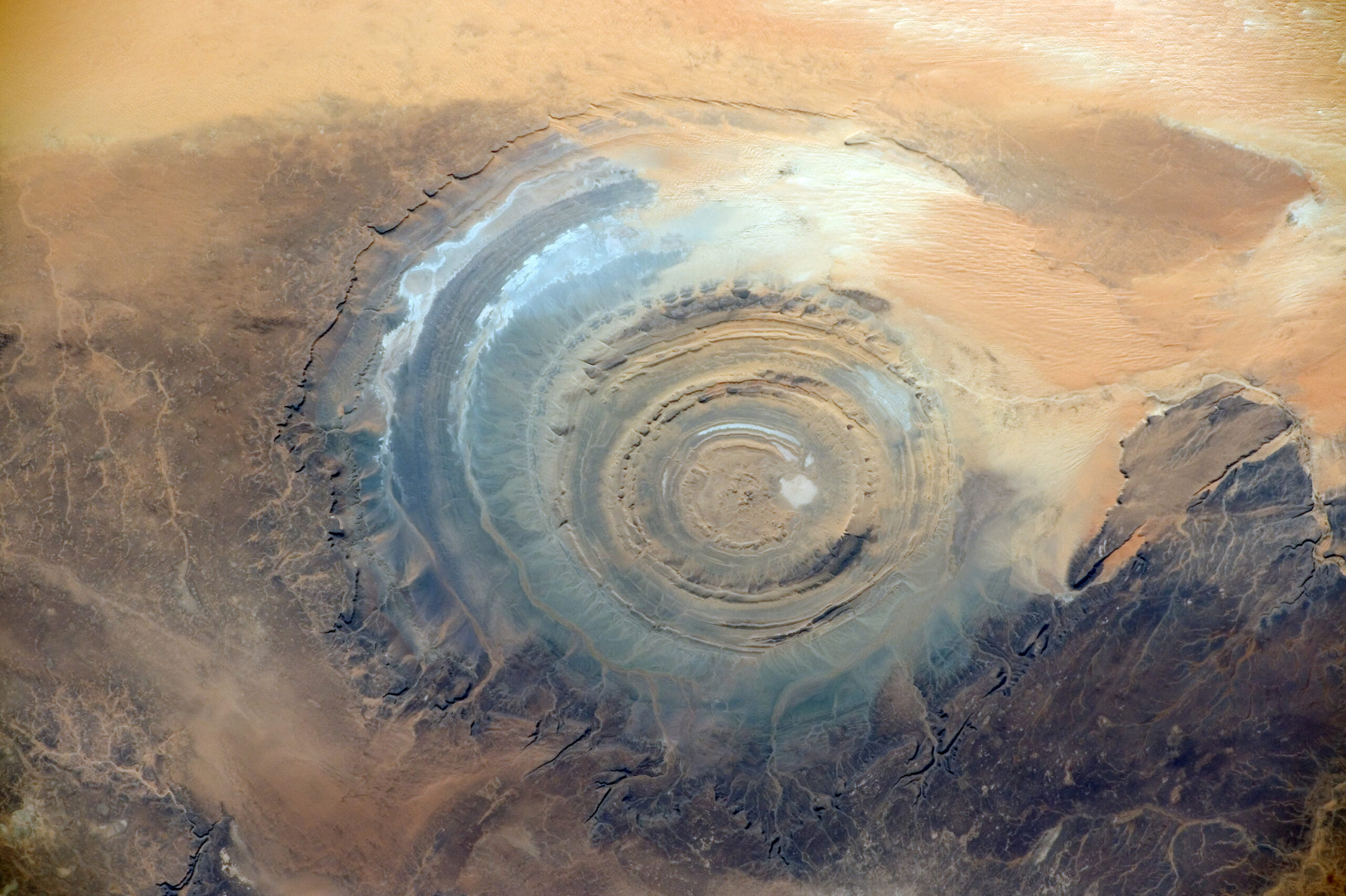
This massive circular geological formation creates distinct ecological zones in concentric rings. Each ring supports different plant communities adapted to specific mineral compositions.
Local wildlife follows seasonal patterns, moving between rings. Scientists study it to understand how topology influences ecosystem development.
Movile Cave (Romania)
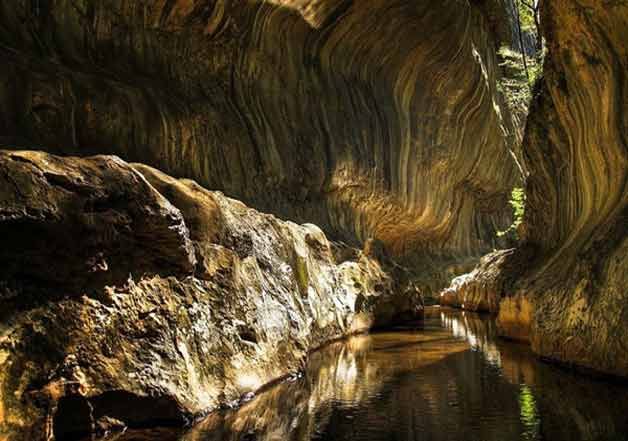
This cave system, sealed off for 5.5 million years, harbors unique species that evolved in complete isolation. The ecosystem runs on chemosynthetic bacteria rather than sunlight.
Thirty-three species exist nowhere else on Earth. Researchers discovered new biochemical processes never seen before.
Socotra Archipelago (Yemen)
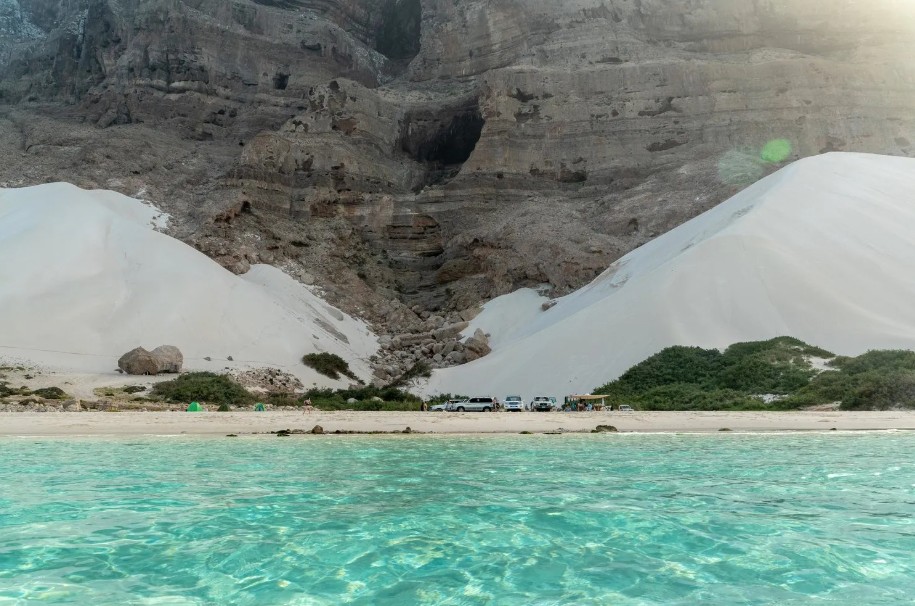
Millions of years of isolation created an island ecosystem where 37% of plant species exist nowhere else. The iconic Dragon Blood Trees developed unique adaptations to harsh conditions.
Local plant chemistry differs significantly from mainland relatives. Scientists study endemic species for medical applications.
Like Go2Tutors’s content? Follow us on MSN.
Cuatro Ciénegas (Mexico)
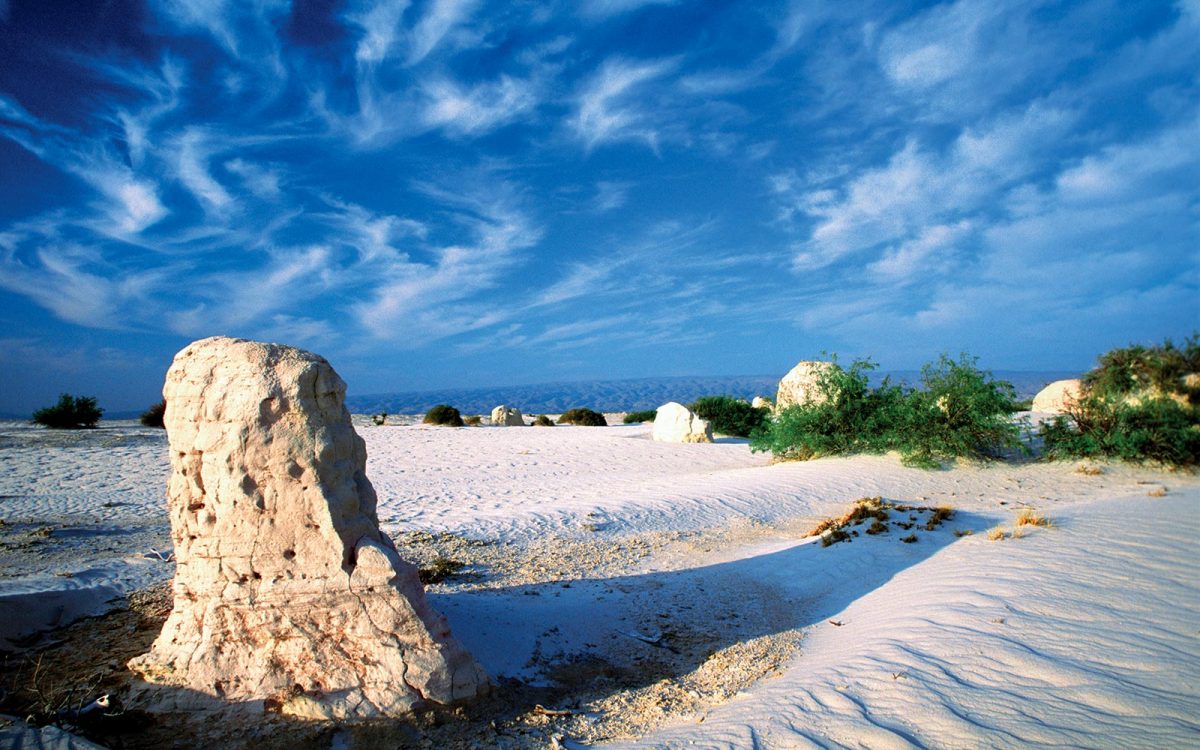
This desert valley contains hundreds of pools harboring living stromatolites similar to Earth’s earliest life forms. Each pool functions as an independent ecosystem.
Microscopic organisms demonstrate unprecedented diversity. Researchers use it to study early life evolution.
Tsingy de Bemaraha (Madagascar)
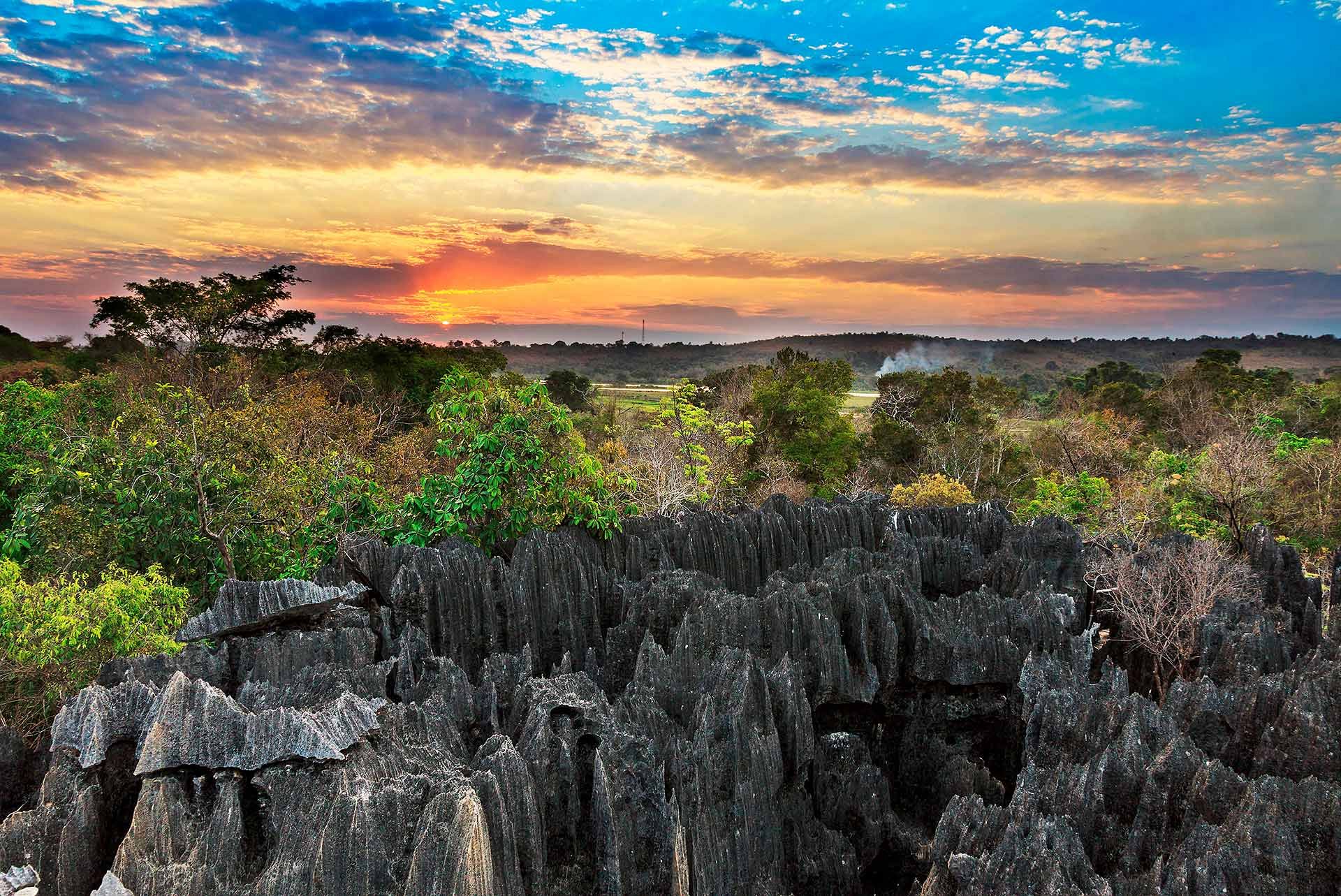
Sharp limestone needles create a forest of stone where unique species evolved to navigate the razor-sharp terrain. Plants grow in isolated pockets of soil between rocks.
Animals developed specialized climbing adaptations. Scientists study how isolation affects small-scale evolution.
Dallol Hydrothermal Field (Ethiopia)
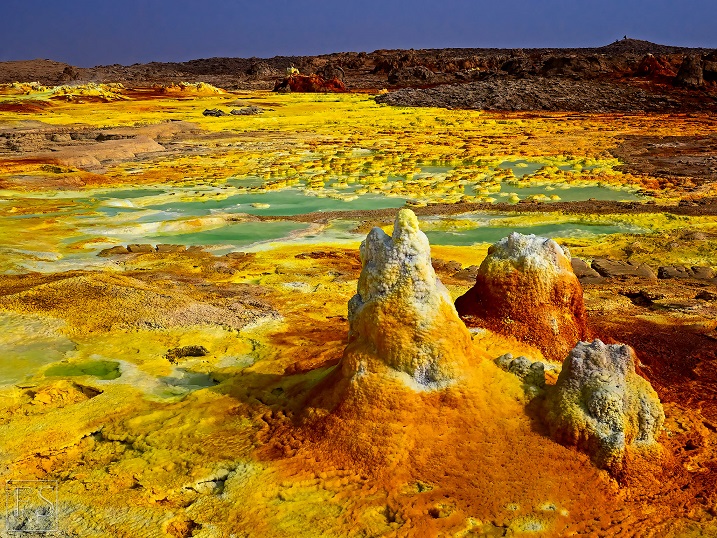
The world’s hottest place hosts extremophile organisms in its Technicolor hot springs. Unique mineral formations create distinct microhabitats.
Scientists have discovered new limits for possible life conditions. Astrobiologists study it as an analog for other planets.
Like Go2Tutors’s content? Follow us on MSN.
Crystal Cave of Giants (Mexico)
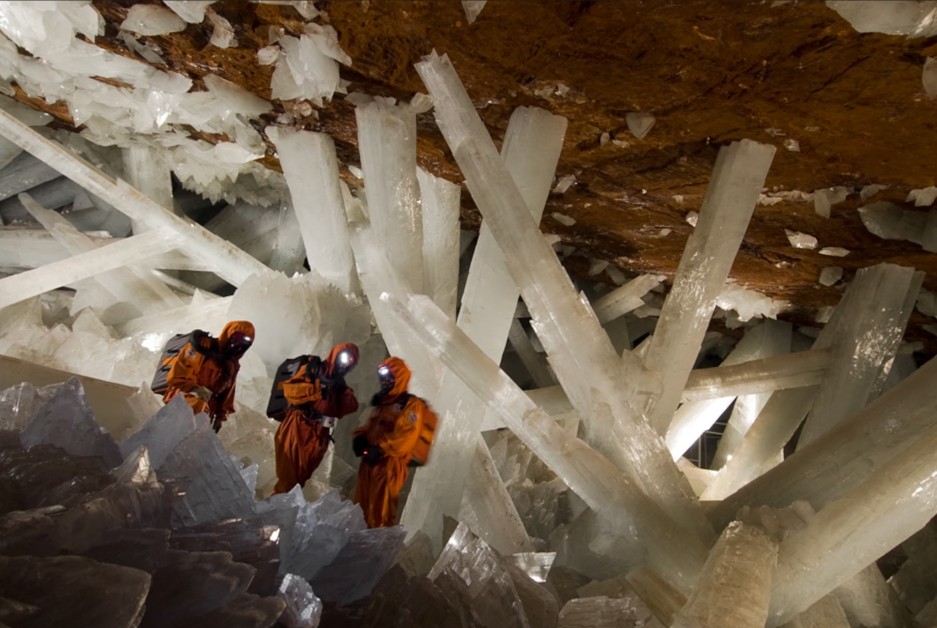
Massive selenite crystals create an environment where specialized microorganisms thrive in mineral inclusions. The cave maintains nearly 100% humidity at high temperatures.
Researchers found organisms trapped in crystal formation. The ecosystem challenges the definitions of habitable environments.
Waitomo Glowworm Caves (New Zealand)
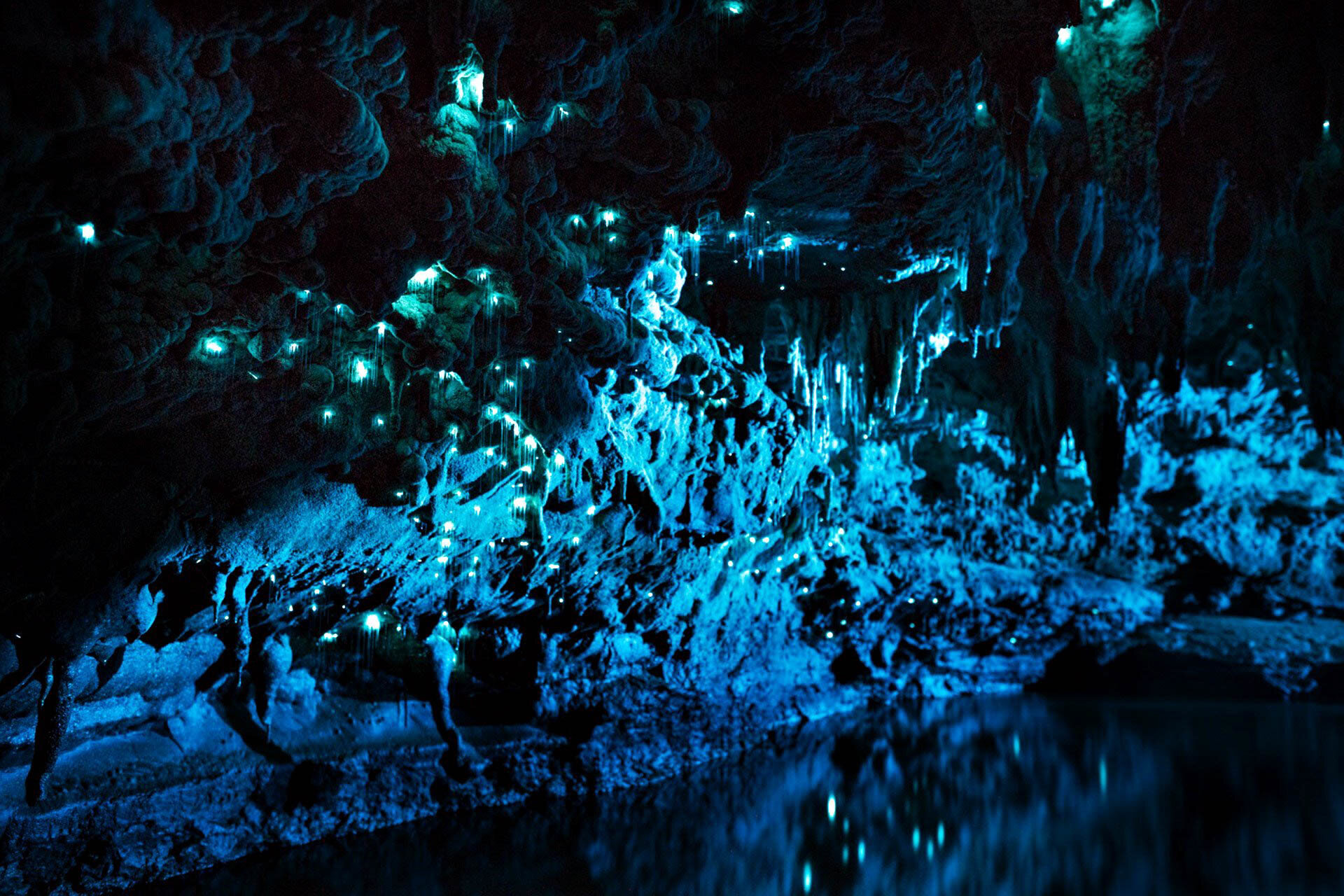
Thousands of bioluminescent larvae create a living constellation that supports a unique cave ecosystem. The glowworms maintain complex hunting territories.
Other cave species evolved to navigate by their light. Scientists study their synchronized behavior patterns.
Snow Algae Fields (Antarctica)
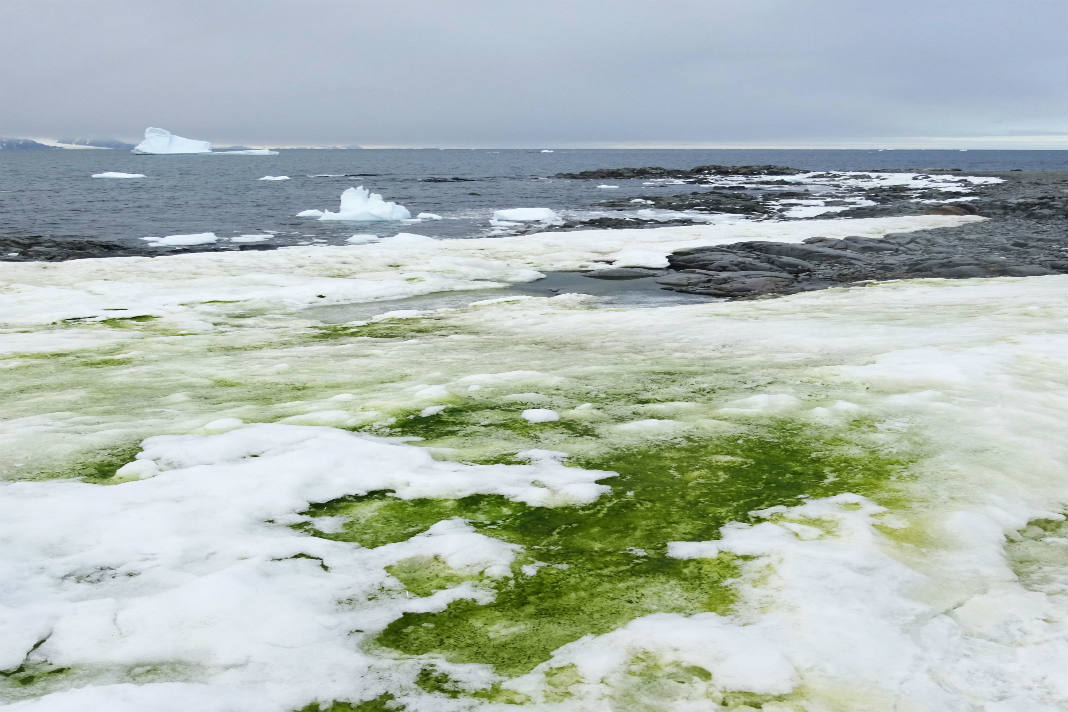
Red-pigmented algae create vast colored snowfields that support distinct microbial communities. The algae modify local snow temperatures and melting patterns.
Unique food webs develop around these algal blooms. Researchers study their impact on glacier dynamics.
Like Go2Tutors’s content? Follow us on MSN.
Pitch Lake (Trinidad)
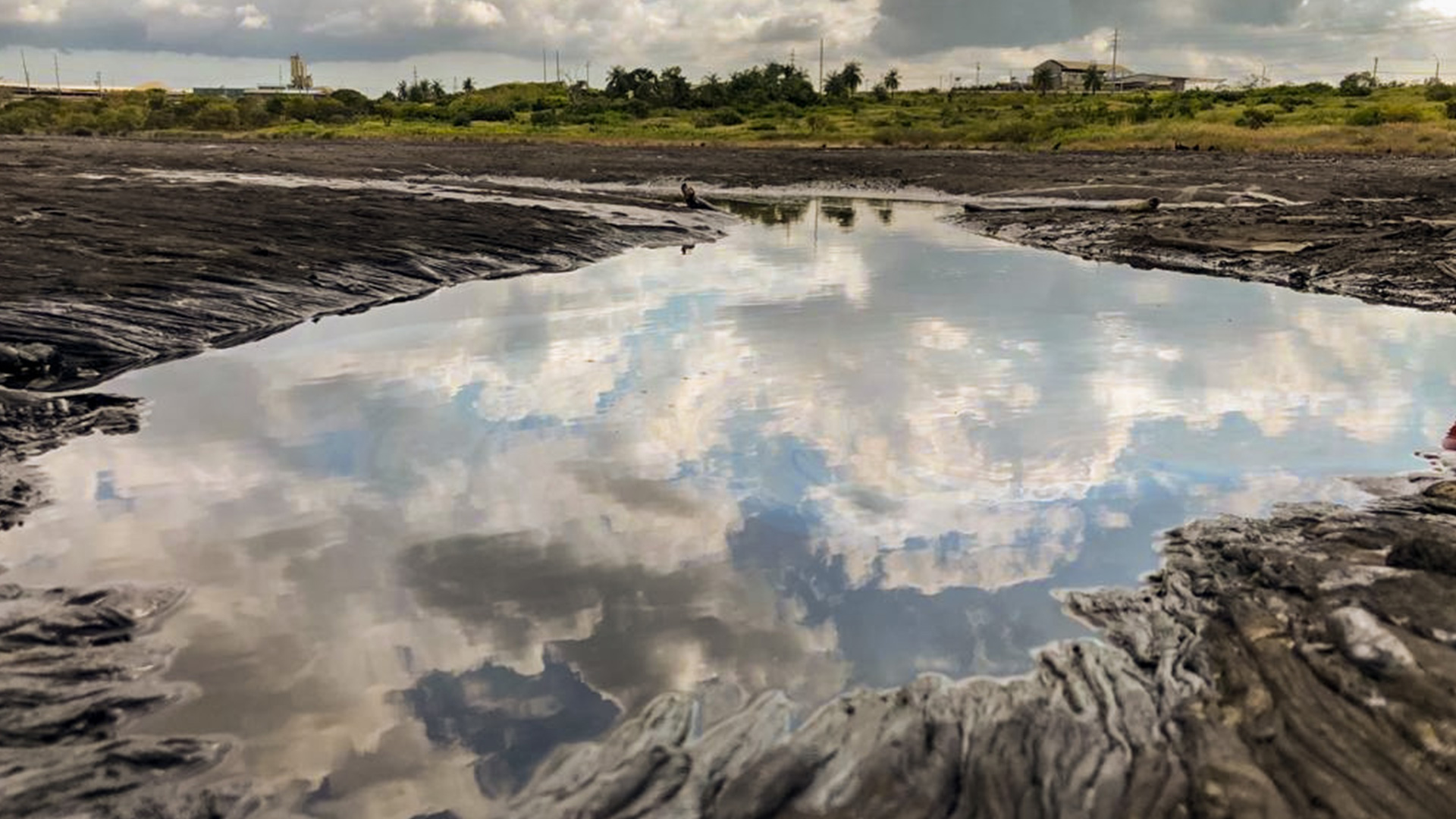
The world’s largest natural asphalt lake houses extremophile organisms in hydrocarbon-rich conditions. Microbes have evolved to digest complex hydrocarbons.
Scientists discovered new antibiotic compounds from resident bacteria. The ecosystem provides insights into oil spill remediation.
Cave of Crystals (Naica, Mexico)
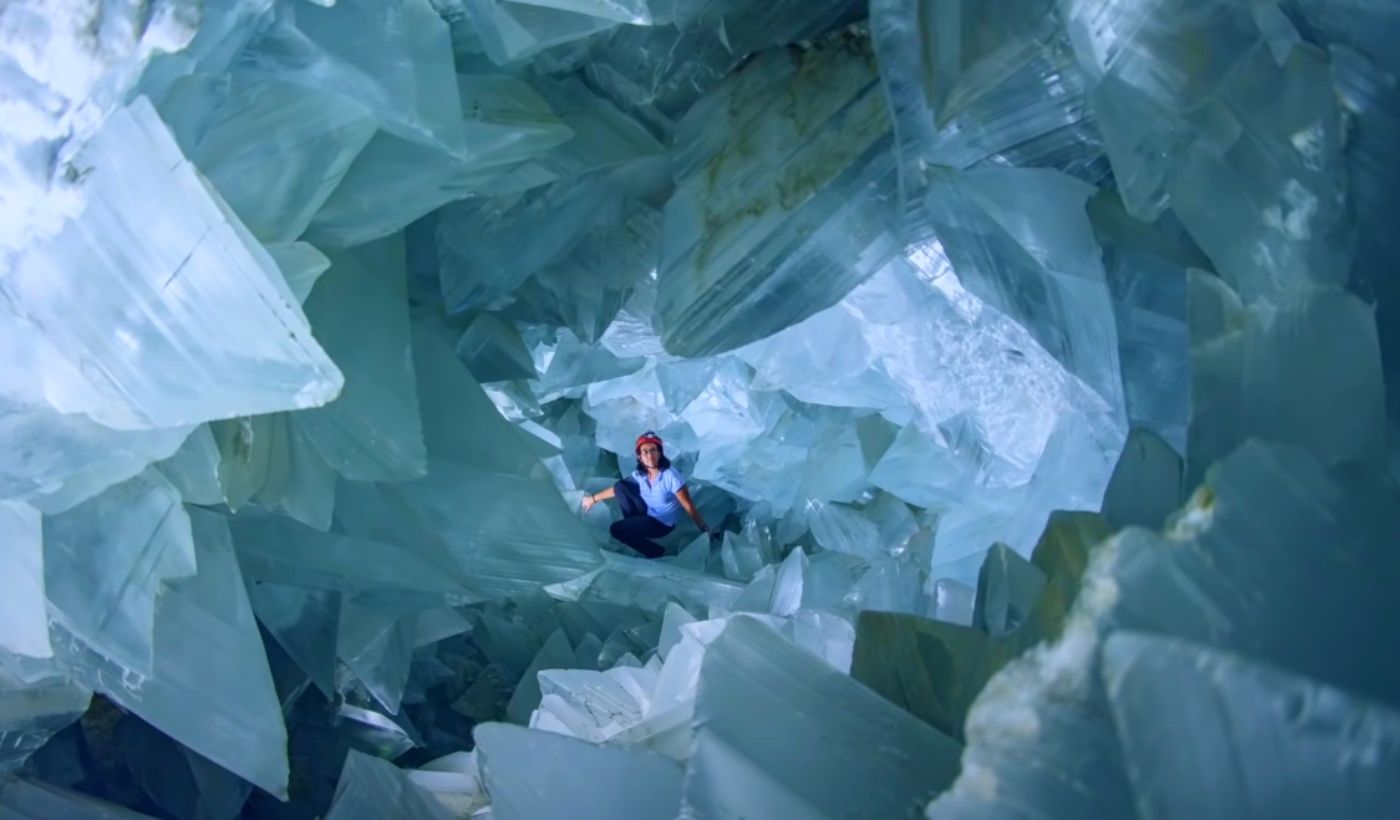
Massive gypsum crystals create an environment where thermophilic bacteria thrive in fluid inclusions. The cave maintains a temperature of 58°C (136°F) with 90-100% humidity.
Researchers found organisms surviving in ancient, trapped water. The ecosystem demonstrates life’s adaptability to extreme conditions.
Spotted Lake (Canada)
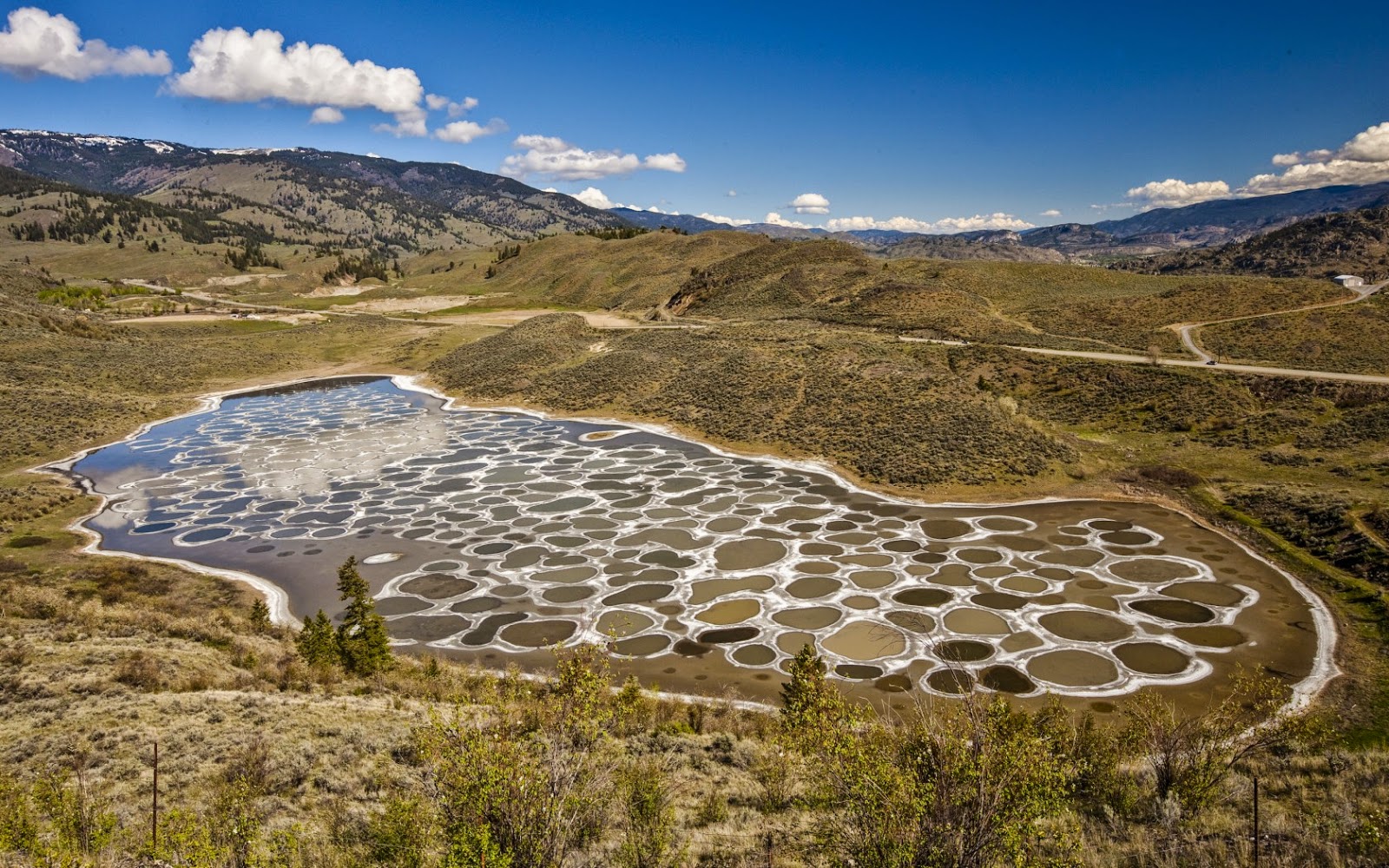
Mineral-rich pools change color seasonally, creating distinct microhabitats in each pool. Different bacterial communities create varied colors.
Local wildlife follows specific patterns, visiting different pools. Scientists study the effects of mineral concentration on microbial life.
Like Go2Tutors’s content? Follow us on MSN.
Fly Geyser (Nevada, USA)
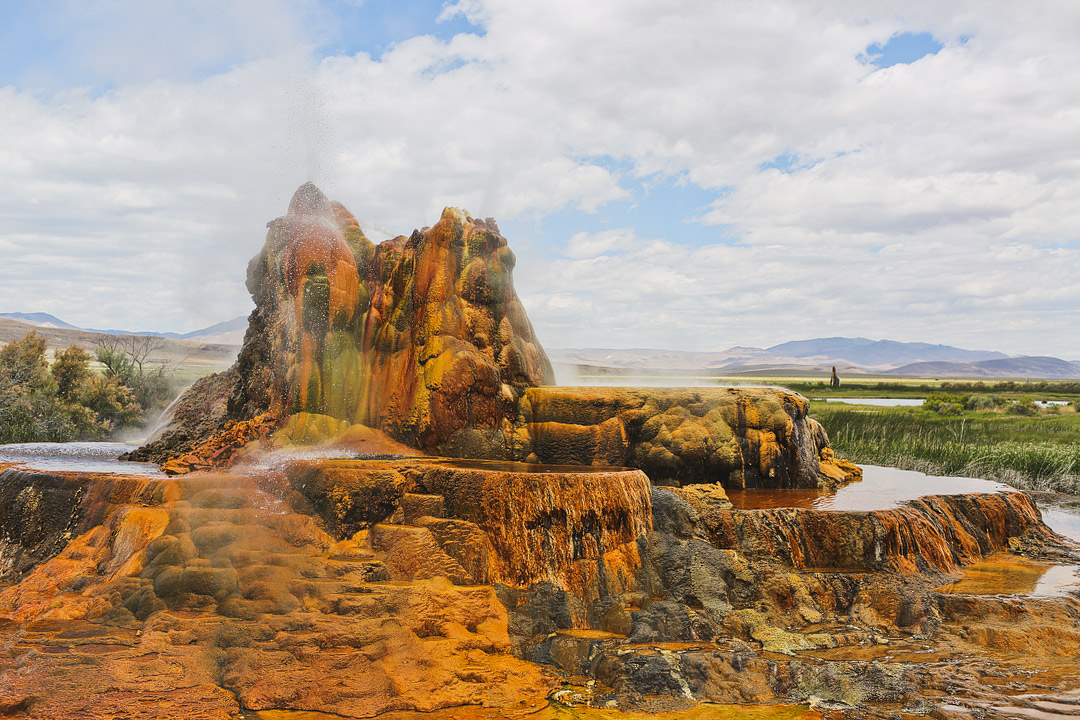
Accidentally created by well drilling, this geyser system developed unique thermophilic communities. Mineral-depositing bacteria create distinctive colors.
The ecosystem demonstrates rapid adaptation to new environments. Researchers study how ecosystems are established in artificial conditions.
Blood Falls (Antarctica)
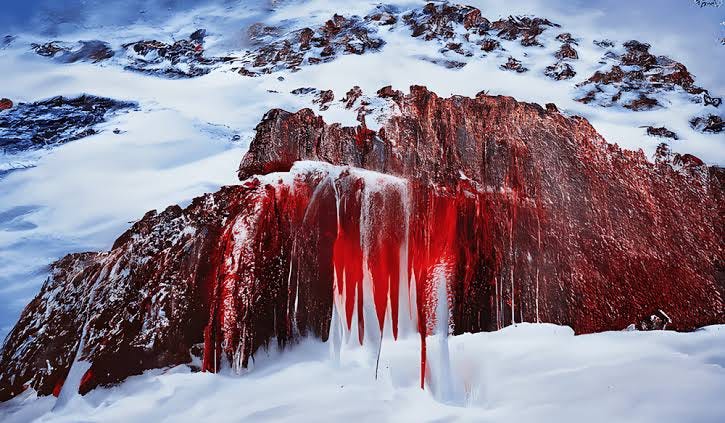
Iron-rich water flowing from beneath Taylor Glacier creates an ecosystem of iron-metabolizing organisms. The water remains liquid despite sub-zero temperatures.
Scientists discovered new metabolic pathways. The system provides insights into possible life on icy planets.
Champagne Pool (New Zealand)
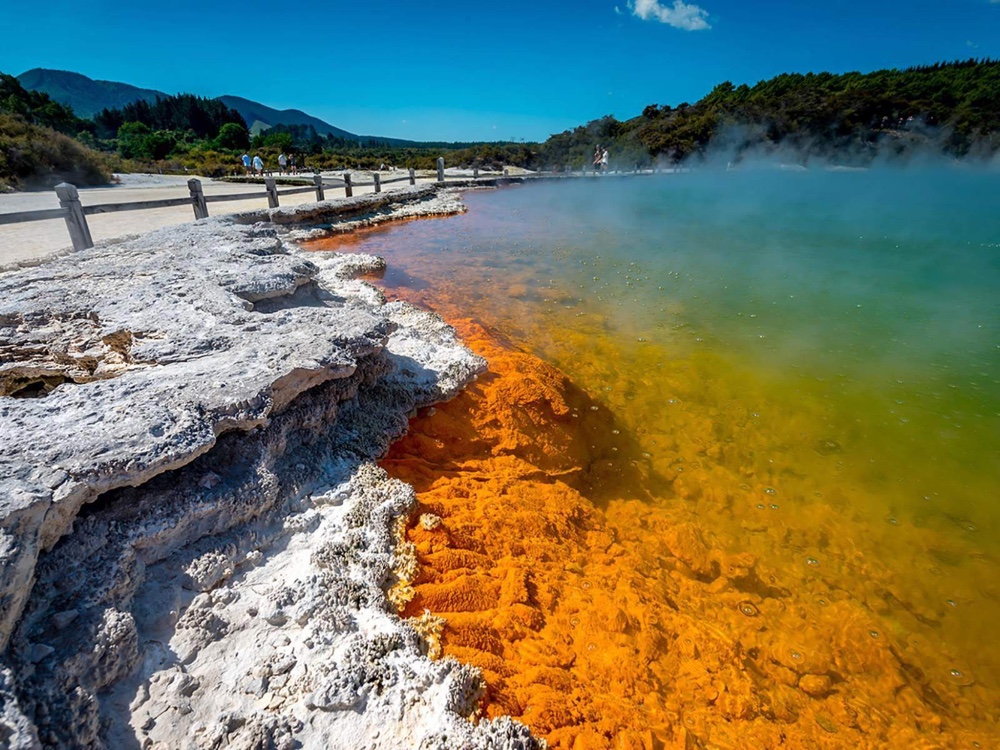
This geothermal feature maintains distinct zones of extremophile organisms based on temperature gradients. Different bacterial communities create vivid color bands.
Scientists found unique heat-stable enzymes. The ecosystem demonstrates micro-scale habitat specialization.
Like Go2Tutors’s content? Follow us on MSN.
Kavachi Volcano (Solomon Islands)
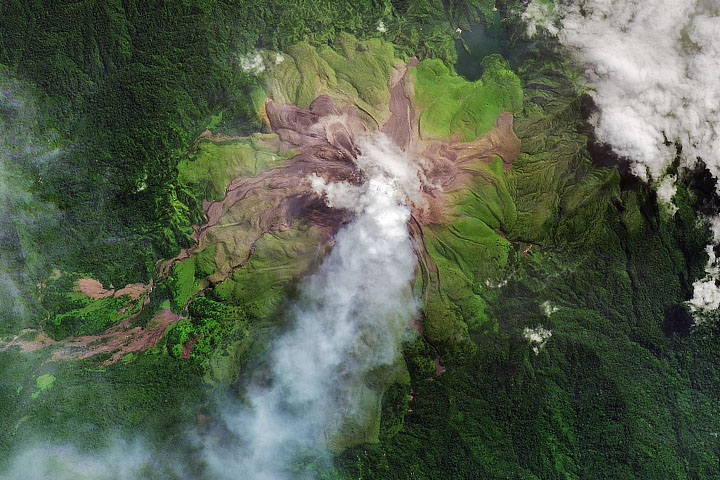
This underwater volcano hosts shark populations that survive in highly acidic, hot water. Marine life has adapted to extreme temperature variations.
Researchers discovered unique symbiotic relationships. The ecosystem challenges assumptions about marine life limits.
Lost World Cave System (Venezuela)
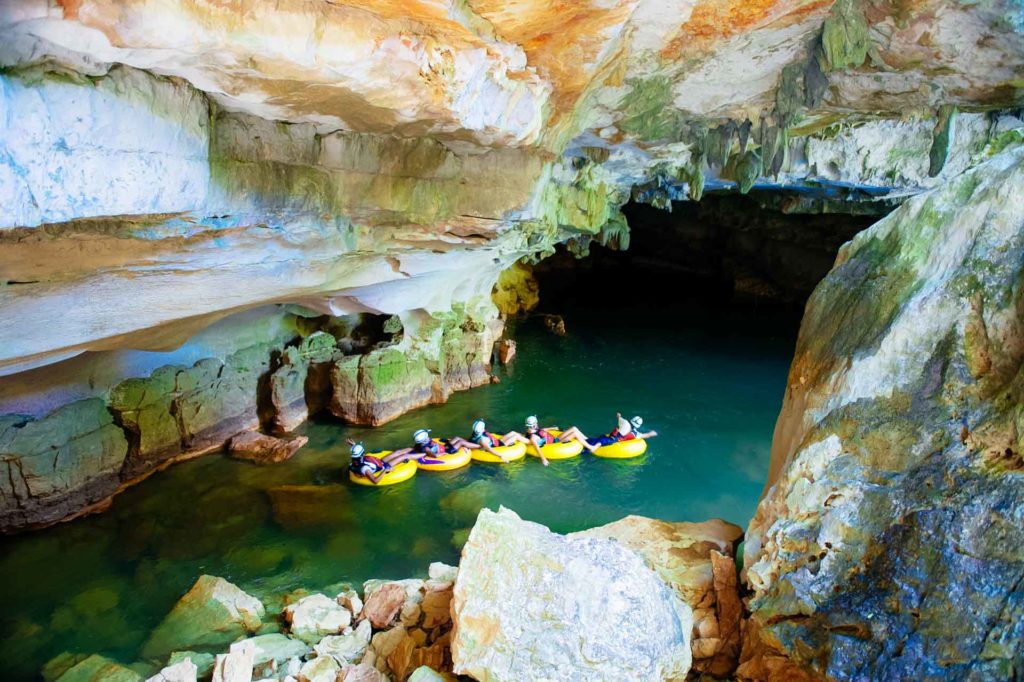
Isolated for millions of years, these caves on tepui mountaintops contain unique species assemblages. Plants evolved to grow in near darkness.
Animals developed distinct adaptations to cave life. Scientists study parallel evolution in isolated systems.
The Dead Sea’s Deep Springs (Israel/Jordan)
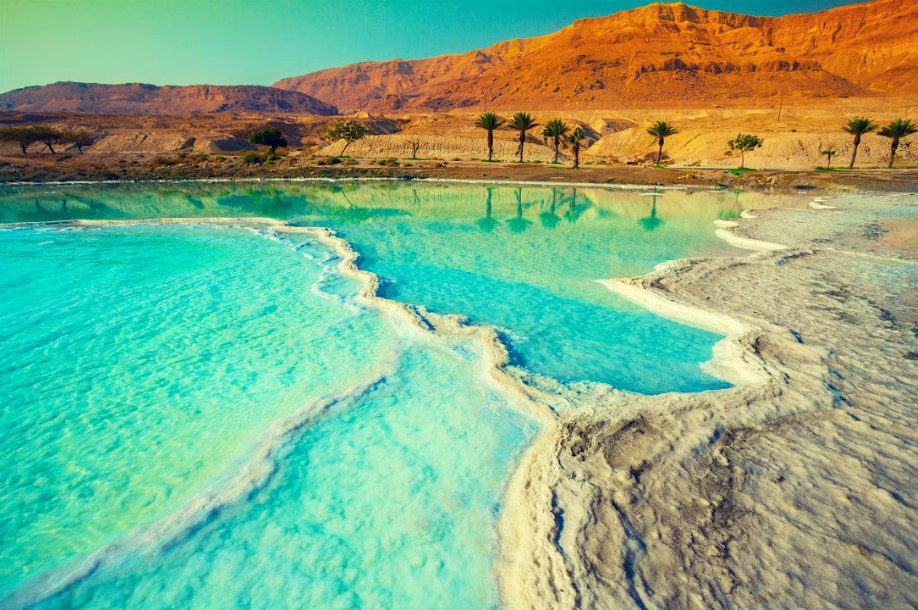
Freshwater springs in the ultra-saline Dead Sea create unique mixing zones supporting specialized organisms. Microbes thrive in extreme salinity gradients.
Researchers found a new halophilic species. The ecosystem demonstrates life’s adaptability to survive in chemical extremes.
Like Go2Tutors’s content? Follow us on MSN.
Earth’s Hidden Laboratories

These remarkable ecosystems continue to provide new insights into life’s possibilities. Each represents a unique experiment in evolution and adaptation.
Scientists regularly discover new species and survival mechanisms in these environments. They remind us that Earth’s biodiversity extends far beyond familiar landscapes, often thriving in the most unexpected places.
More from Go2Tutors!

- Famous Battles: How Much Do You Really Know About U.S. History?
- Top 5 Most Important Skills, According To Harvard Business School
- How Well Do You Know 90s Pop Culture? Take the Quiz
- Master the Art of Public Speaking with These Expert Tips
- Think You Know Capitals? Put Your Knowledge to the Test
Like Go2Tutors’s content? Follow us on MSN.
